Home>Gardening & Outdoor>Landscaping Ideas>How Tall Does Grass Get Before It Seeds
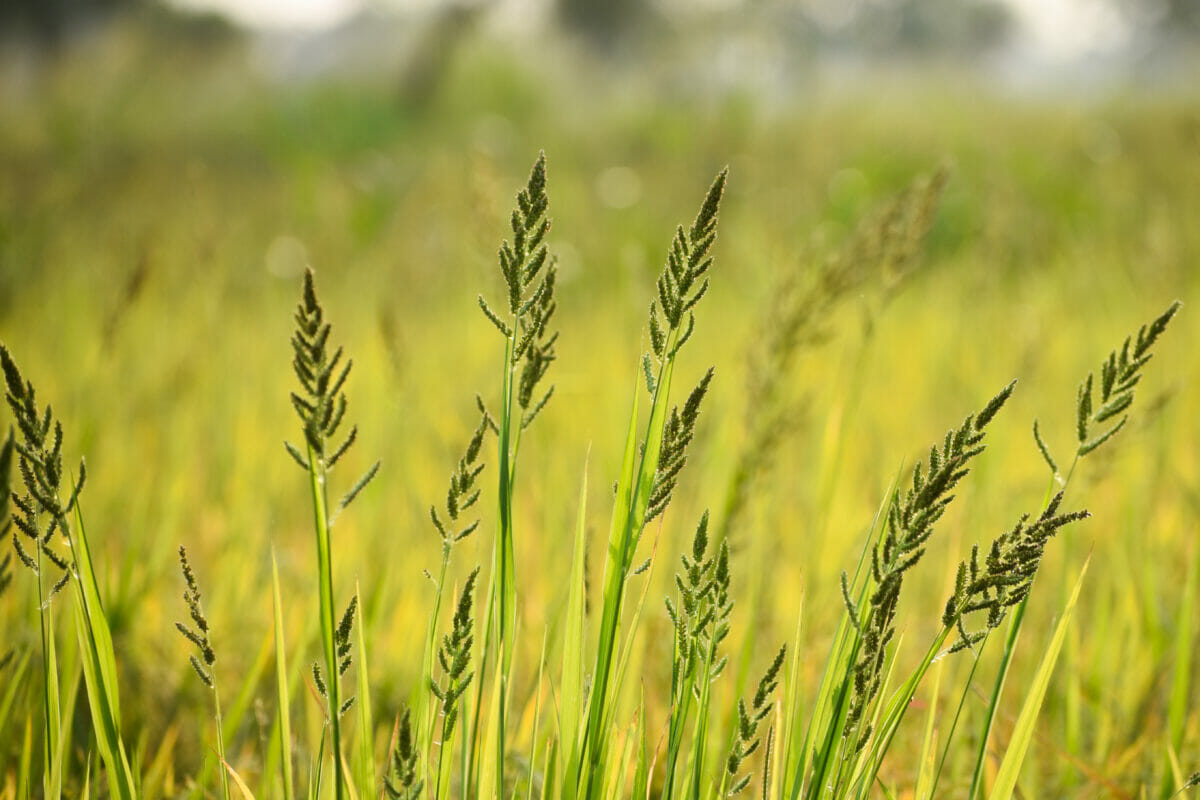

Landscaping Ideas
How Tall Does Grass Get Before It Seeds
Published: January 24, 2024
Discover landscaping ideas for managing grass height before it seeds. Learn how to maintain a neat and tidy lawn with our expert tips.
(Many of the links in this article redirect to a specific reviewed product. Your purchase of these products through affiliate links helps to generate commission for Storables.com, at no extra cost. Learn more)
Introduction
Grass, a ubiquitous feature of landscapes, plays a crucial role in the environment. It not only provides aesthetic appeal but also contributes to soil stabilization, erosion control, and ecosystem balance. Have you ever wondered how tall grass needs to grow before it produces seeds? Understanding this process can offer valuable insights for maintaining healthy lawns, meadows, and other grassy areas. Let’s delve into the factors influencing the height at which grass begins to seed and explore the optimal conditions for seed production.
Key Takeaways:
- Grass height before seeding is influenced by factors like sunlight, water, and temperature. Understanding these factors helps maintain healthy lawns and landscapes.
- Different grass species have specific requirements for seed production. Tailoring mowing practices and environmental conditions can optimize seed production for resilient grass populations.
Read more: How Tall Does Pink Muhly Grass Get
Factors Affecting Grass Height
The height at which grass starts to seed is influenced by various factors, including environmental conditions, grass species, and management practices.
Environmental Conditions: The availability of sunlight, water, and nutrients significantly impacts the growth and reproductive cycle of grass. Adequate sunlight is essential for photosynthesis, the process through which plants produce energy. Insufficient sunlight may hinder the development of reproductive structures, delaying the onset of seeding. Similarly, water and nutrient deficiencies can limit the overall growth of grass, affecting its reproductive capacity. Conversely, excessive moisture or nutrient abundance may lead to rapid vegetative growth, delaying the transition to the reproductive phase.
Temperature: Grasses have specific temperature requirements for optimal growth and reproduction. Cooler-season grasses, such as fescue and bluegrass, tend to produce seeds during cooler periods, while warm-season grasses, like Bermuda grass and zoysia grass, initiate seeding in warmer conditions. Temperature fluctuations can influence the timing of seed production, with extreme heat or cold potentially delaying the process.
Grass Species: Different grass species have distinct growth habits and reproductive strategies. Some species, such as annual ryegrass, are quick to seed, while others, like Kentucky bluegrass, have a slower reproductive cycle. Understanding the specific characteristics of the grass species in question is crucial for predicting the timing of seed production.
Management Practices: Human interventions, such as mowing height, fertilization, and irrigation, can directly impact the height at which grass begins to seed. Regular mowing at lower heights may prevent grass from reaching its reproductive stage, as it continuously removes the emerging seed heads. On the other hand, allowing grass to grow taller before mowing can promote seed development. Fertilization and irrigation practices also influence grass growth and reproductive patterns, potentially affecting the timing of seed production.
By considering these factors, landscapers and homeowners can make informed decisions to optimize grass height for seed production, contributing to the long-term health and sustainability of grassy areas.
Grass Species and Seed Production
The relationship between grass species and seed production is a key determinant of the height at which grass starts to seed. Different grass species exhibit varying growth habits and reproductive characteristics, influencing the timing and height of seed production.
Growth Habit: Grass species are classified based on their growth habits, including bunch-type and spreading or sod-forming varieties. Bunch-type grasses, such as tall fescue and perennial ryegrass, grow in clumps and produce seeds at the tips of their stems. In contrast, spreading grasses, like Kentucky bluegrass and Bermuda grass, spread through rhizomes or stolons and develop seed heads along their creeping stems. The growth habit of a grass species directly impacts the visual appearance and density of the turf, as well as the distribution of seed heads within the grass canopy.
Reproductive Strategy: Grass species employ different reproductive strategies, influencing the timing and frequency of seed production. Some species are prolific seed producers, generating abundant seeds under favorable conditions. Others may have a more conservative approach to seed production, allocating resources strategically to ensure the survival of the species. Understanding the reproductive strategy of a particular grass species is essential for predicting the height at which it will start to seed.
Adaptation to Climate: Grass species are adapted to specific climatic conditions, influencing their growth and reproductive patterns. Cool-season grasses, such as fine fescue and Kentucky bluegrass, thrive in cooler regions and typically produce seeds during the cooler months. Warm-season grasses, including zoysia grass and Bahia grass, are well-suited to warmer climates and initiate seeding in response to increasing temperatures. The adaptation of grass species to their respective climates directly impacts the height at which they begin to seed, aligning with the seasonal variations in temperature and daylight duration.
Understanding the unique characteristics of different grass species is essential for effective lawn and landscape management. By selecting grass species that align with the local climate and understanding their growth and reproductive habits, landscapers and homeowners can optimize grass height for seed production, promoting the long-term health and resilience of the grassy areas.
Grass typically seeds when it reaches a height of 6-8 inches. To prevent seeding, mow your lawn before the grass reaches this height.
Optimal Height for Seed Production
Identifying the optimal height for seed production is crucial for maintaining healthy grass populations and promoting natural reseeding in lawns and landscapes. While the specific height varies among grass species, understanding the general principles can guide effective management practices.
Species-Specific Requirements: Each grass species has its own optimal height for seed production, influenced by its growth habit, reproductive strategy, and adaptation to climate. Bunch-type grasses, such as tall fescue and perennial ryegrass, typically produce seeds at a taller height compared to spreading grasses like Bermuda grass and Kentucky bluegrass. By researching the specific requirements of the grass species present in a given area, landscapers and homeowners can tailor their management practices to support natural seed production.
Mowing Practices: Adjusting mowing heights based on the desired seed production can effectively support the reproductive cycle of grass. Allowing grass to grow slightly taller before mowing can encourage the development of seed heads, promoting natural reseeding and enhancing the genetic diversity of the grass population. However, it is important to strike a balance, as excessively tall grass can lead to lodging, where the stems collapse under their own weight, potentially hindering seed development. Understanding the mowing requirements of specific grass species is essential for achieving the optimal height for seed production.
Environmental Considerations: Environmental factors, such as temperature, sunlight, and moisture, play a significant role in determining the optimal height for seed production. Grasses respond to environmental cues when initiating the reproductive phase, and providing favorable conditions can enhance seed development. Adequate sunlight and moisture, coupled with optimal temperature ranges, can support the growth of healthy seed heads at the appropriate height. By creating an environment conducive to seed production, landscapers and homeowners can maximize the natural reseeding potential of grassy areas.
Seed Collection and Distribution: In some cases, collecting and redistributing seeds from established grass populations can supplement natural reseeding efforts. This approach can be particularly beneficial for introducing desirable grass species or enhancing genetic diversity within the landscape. By understanding the optimal height for seed production and timing seed collection accordingly, individuals can strategically contribute to the establishment and maintenance of diverse and resilient grass populations.
By considering species-specific requirements, mowing practices, environmental considerations, and seed collection strategies, individuals can effectively determine and promote the optimal height for seed production in grassy areas, contributing to the overall health and sustainability of the landscape.
Conclusion
Understanding the factors influencing the height at which grass begins to seed is essential for effective lawn and landscape management. Environmental conditions, grass species, and management practices collectively contribute to the timing and height of seed production in grassy areas. By considering these factors, individuals can optimize grass height for seed production, promoting the long-term health and resilience of the landscape.
Grass species exhibit diverse growth habits, reproductive strategies, and adaptation to climate, influencing the timing and height at which they start to seed. By selecting grass species suited to the local climate and understanding their unique characteristics, landscapers and homeowners can make informed decisions to support natural seed production. Tailoring mowing practices, environmental considerations, and seed collection strategies based on species-specific requirements can further enhance the natural reseeding potential of grassy areas.
Optimizing the height for seed production involves striking a balance between promoting natural reseeding and maintaining the visual appeal and functionality of the landscape. By adjusting mowing heights, providing favorable environmental conditions, and strategically collecting and distributing seeds, individuals can contribute to the establishment and maintenance of diverse and resilient grass populations.
In conclusion, the height at which grass begins to seed is a dynamic and species-specific process influenced by a range of factors. By gaining insights into the requirements of different grass species and implementing tailored management practices, individuals can effectively support natural seed production, contributing to the overall health and sustainability of lawns and landscapes.
Frequently Asked Questions about How Tall Does Grass Get Before It Seeds
Was this page helpful?
At Storables.com, we guarantee accurate and reliable information. Our content, validated by Expert Board Contributors, is crafted following stringent Editorial Policies. We're committed to providing you with well-researched, expert-backed insights for all your informational needs.
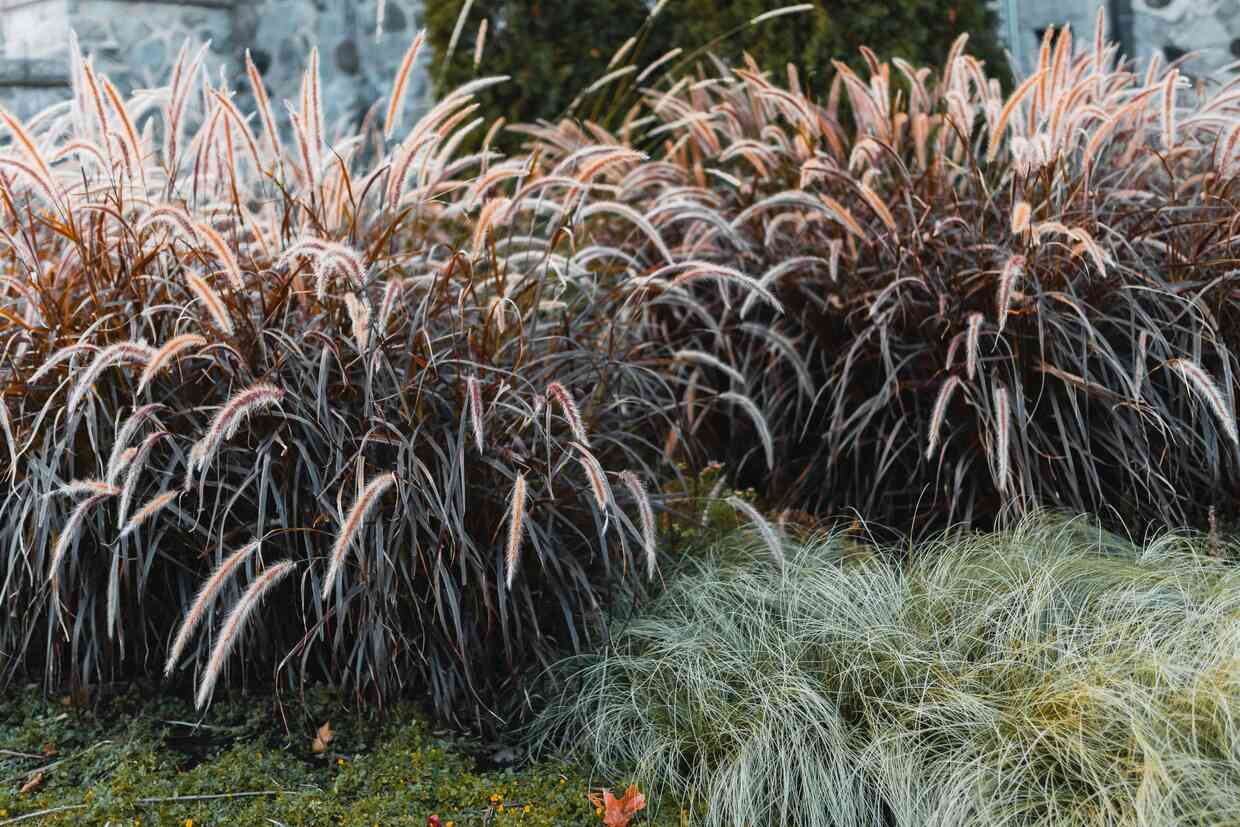
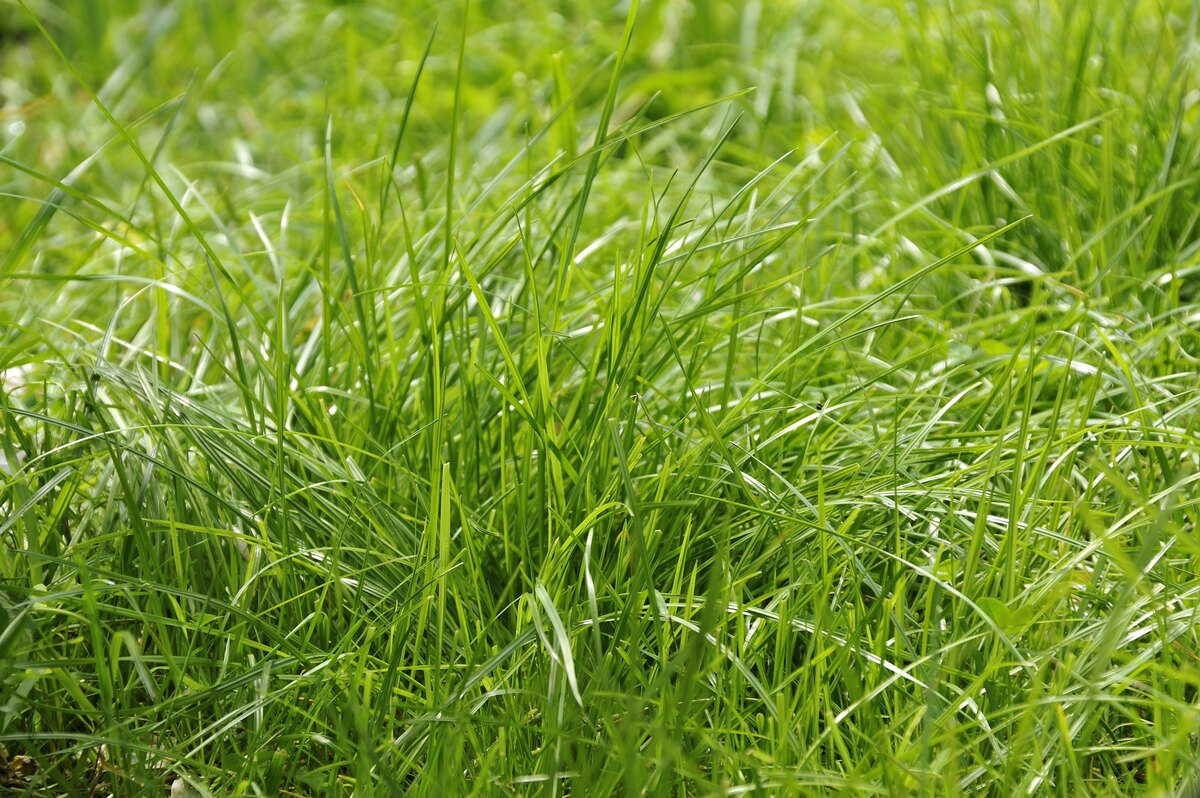
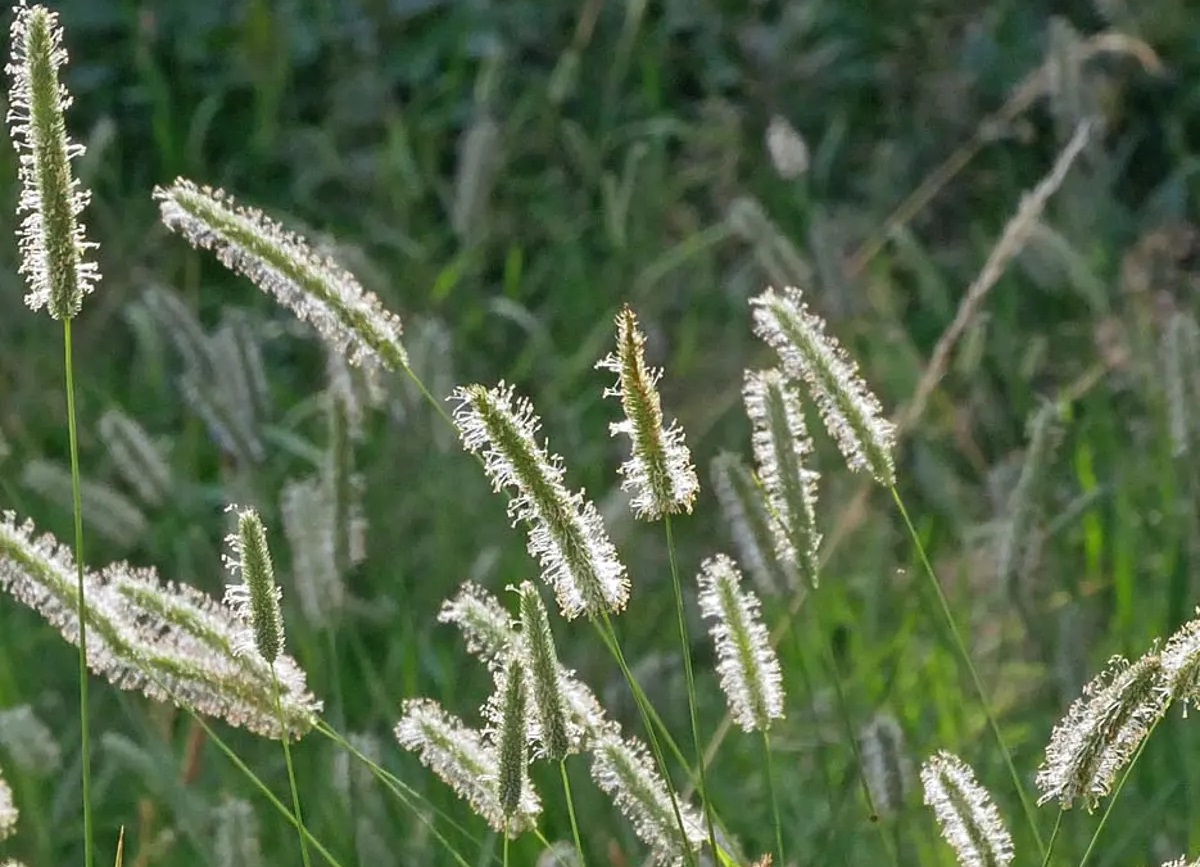
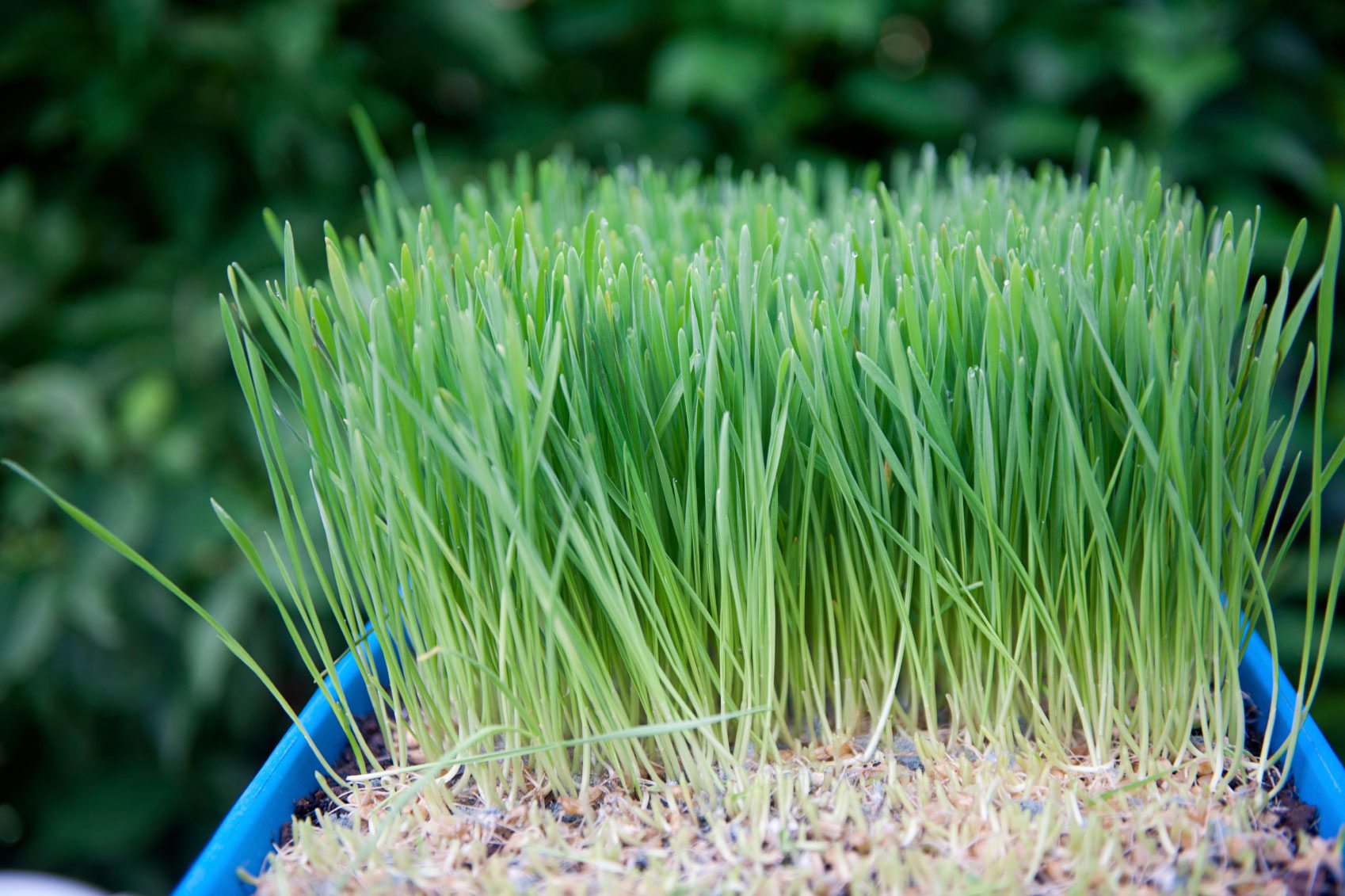
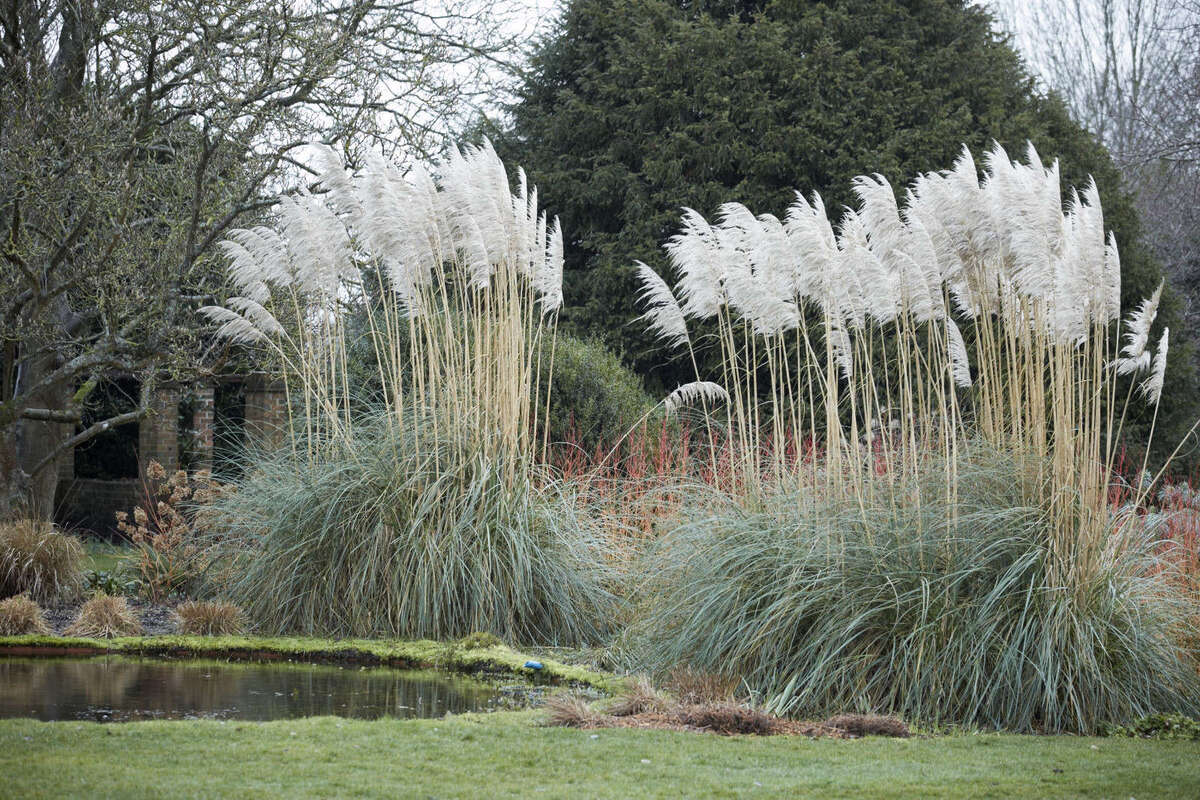
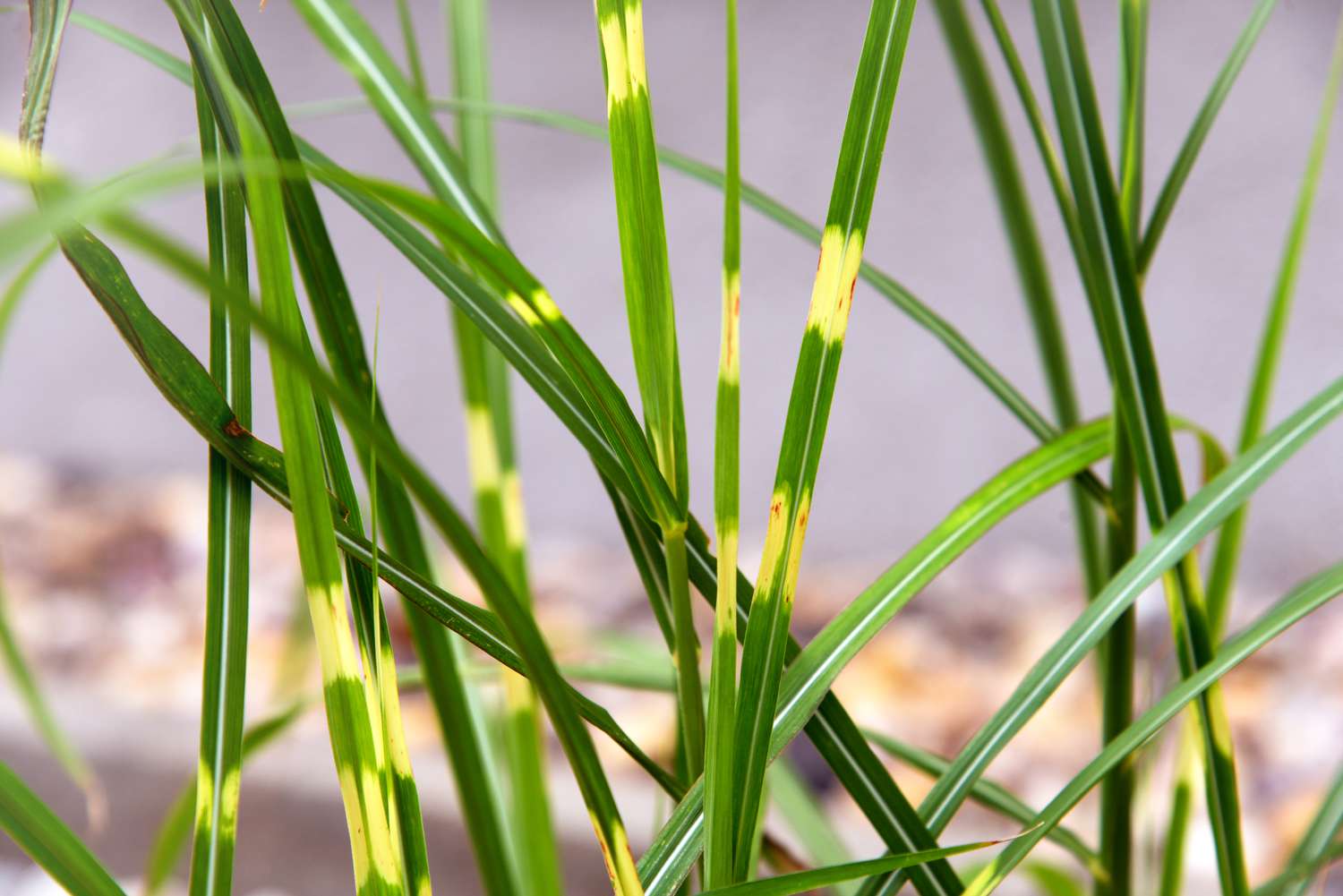
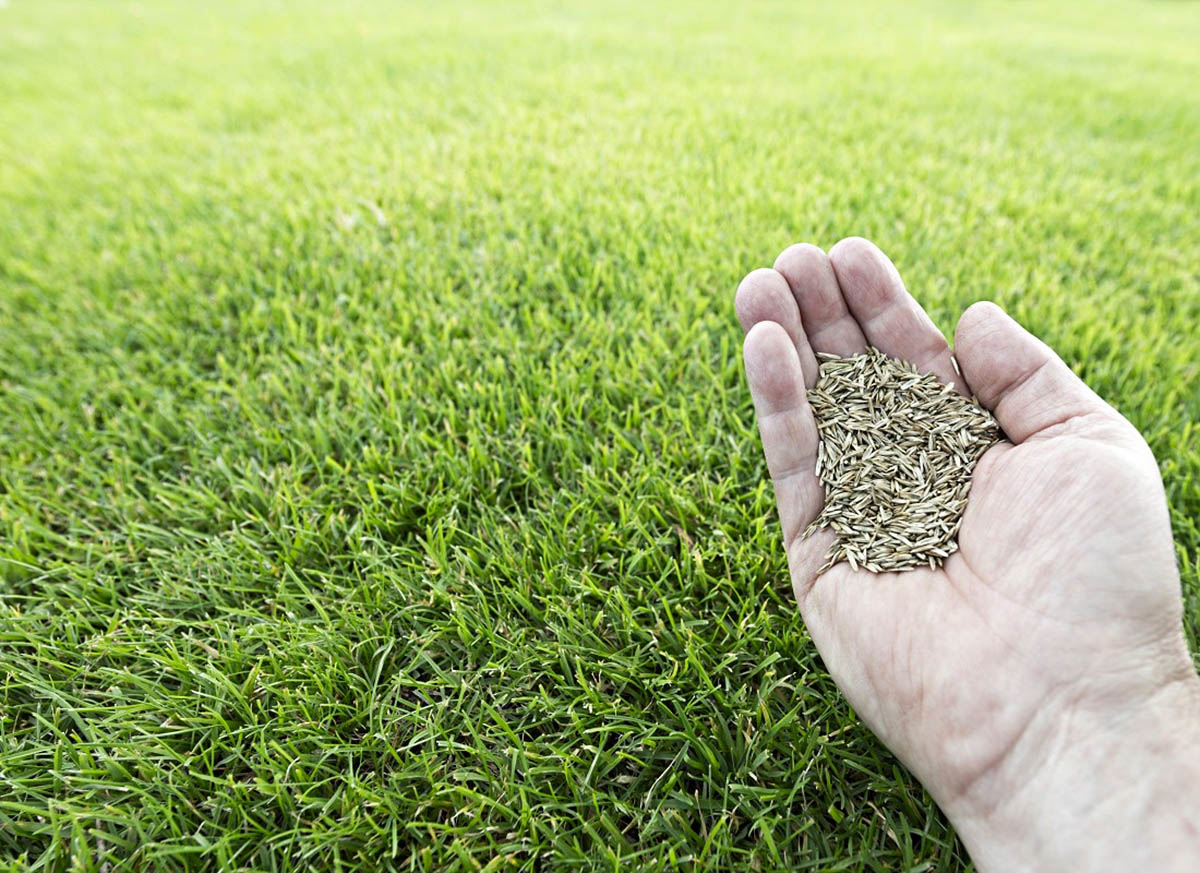
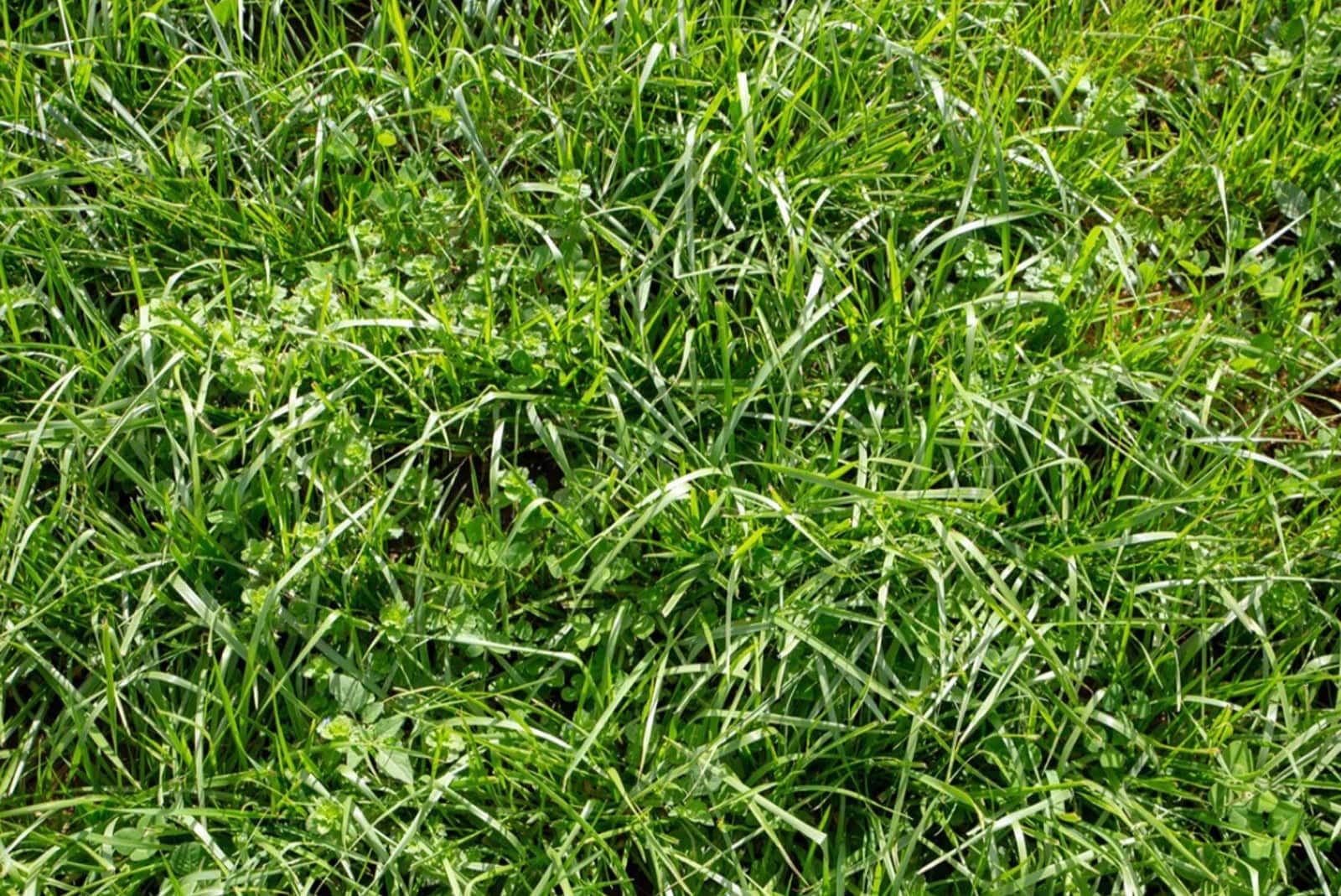
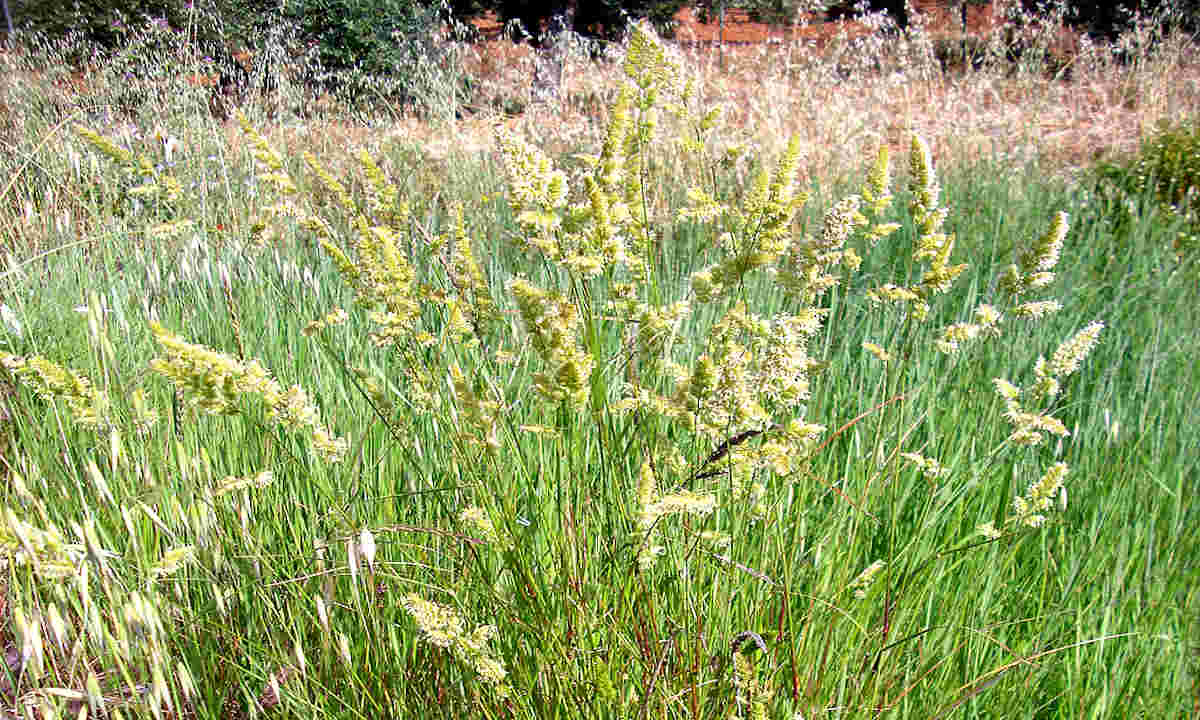
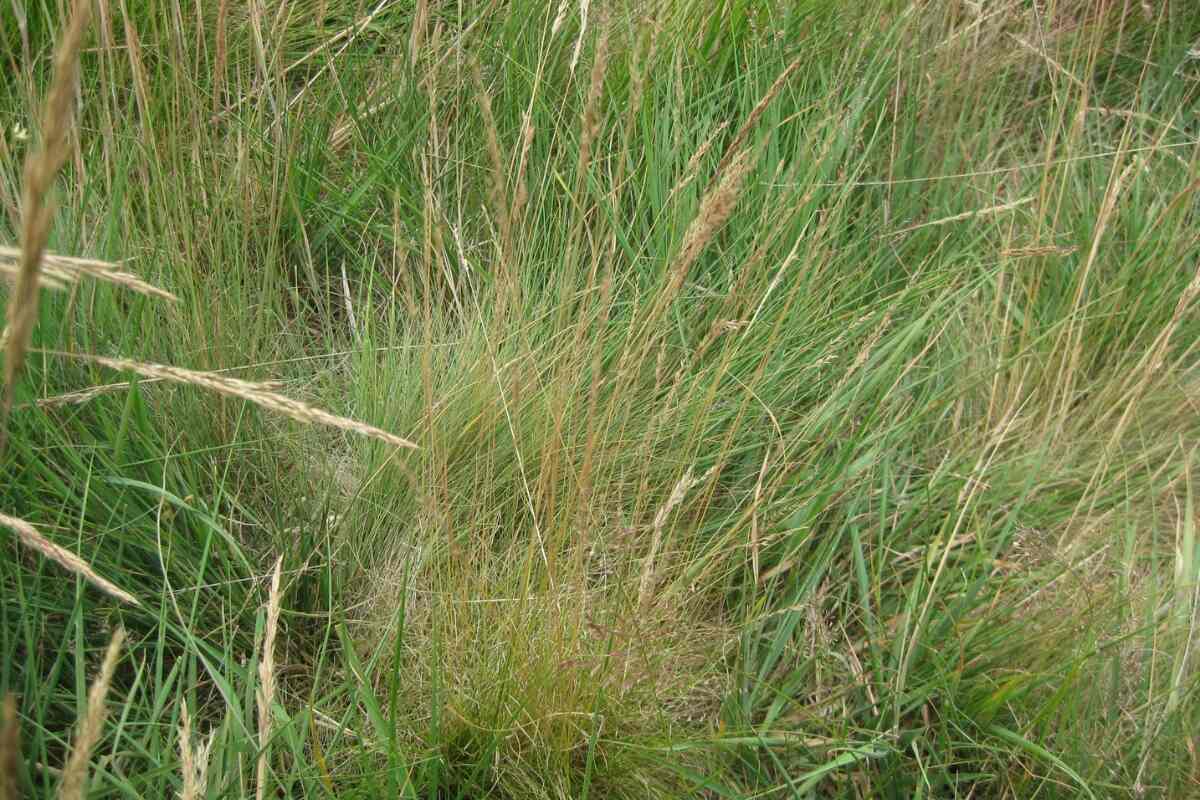
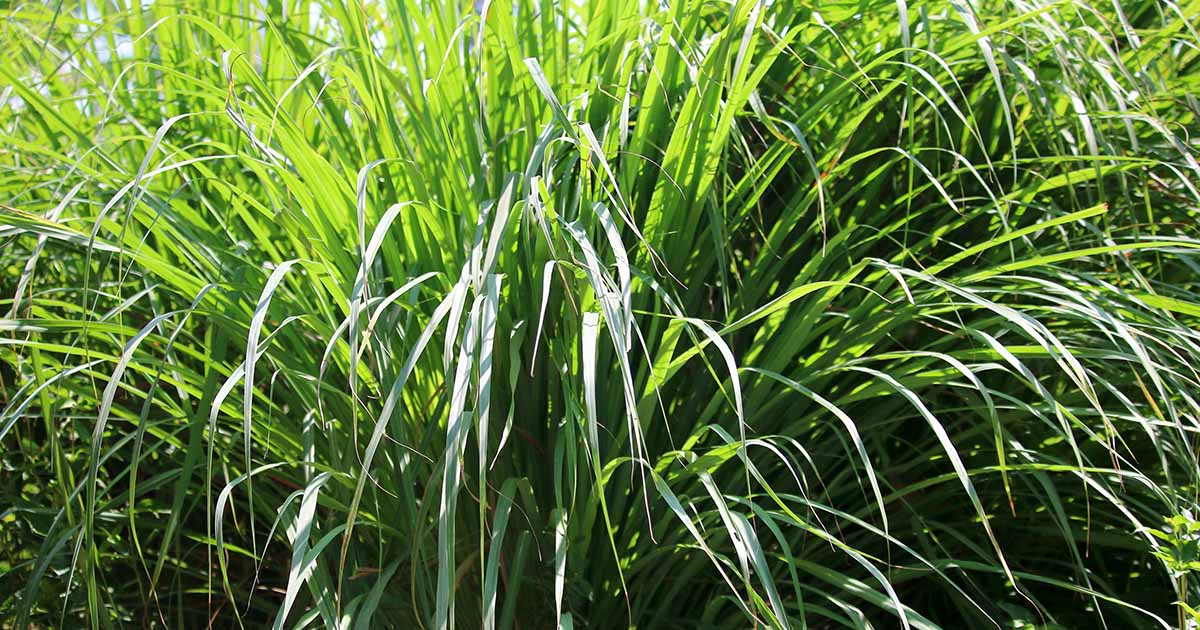
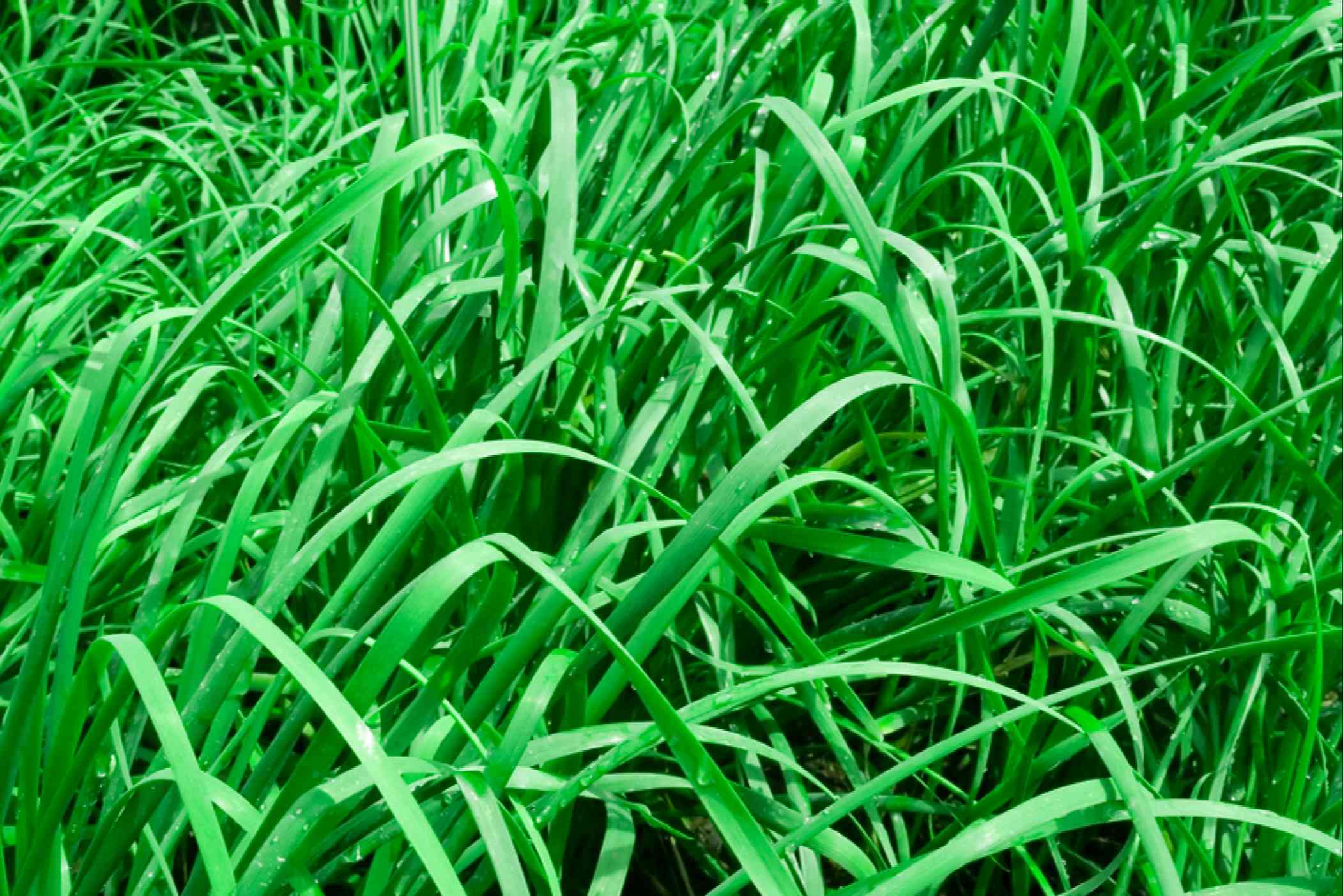
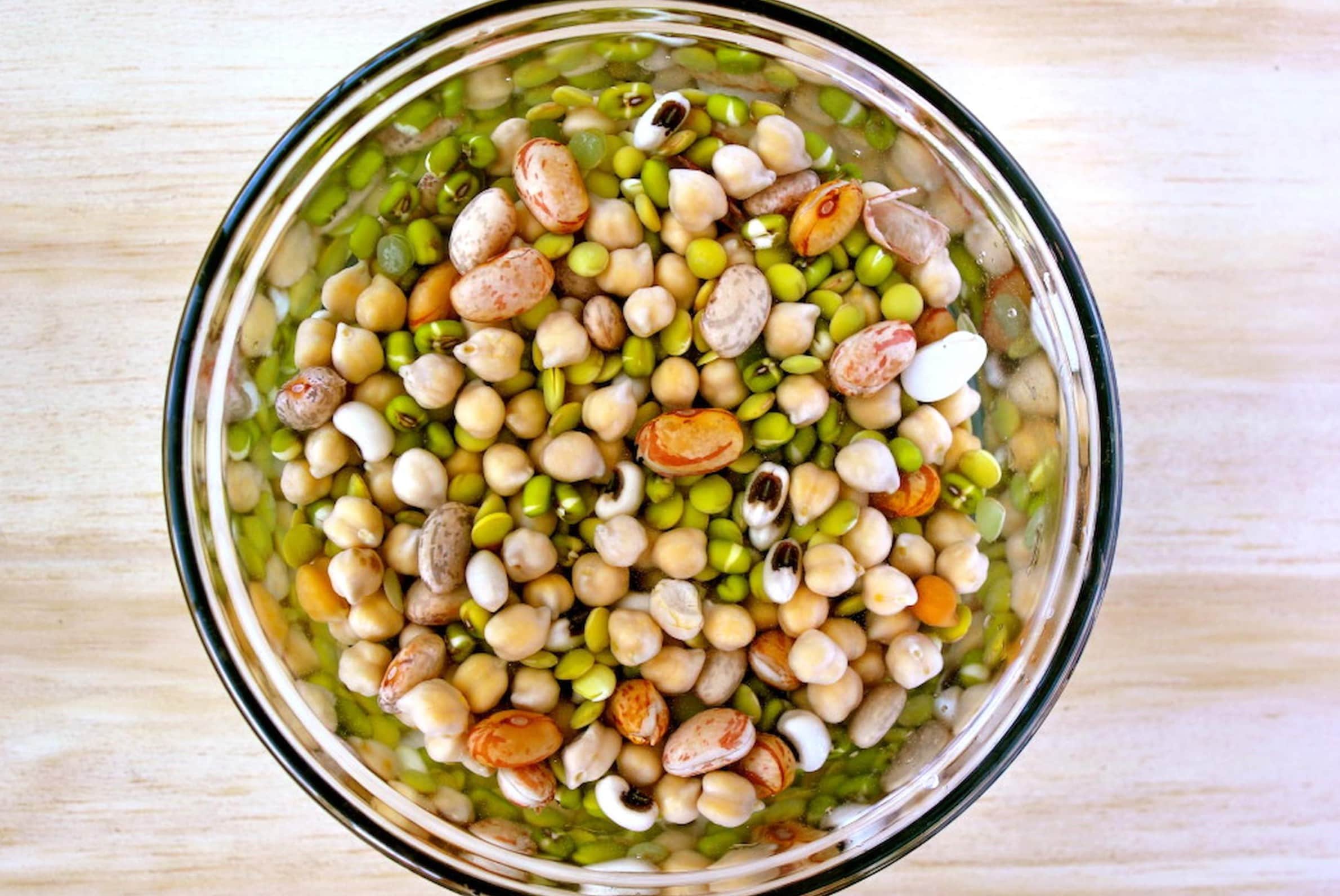
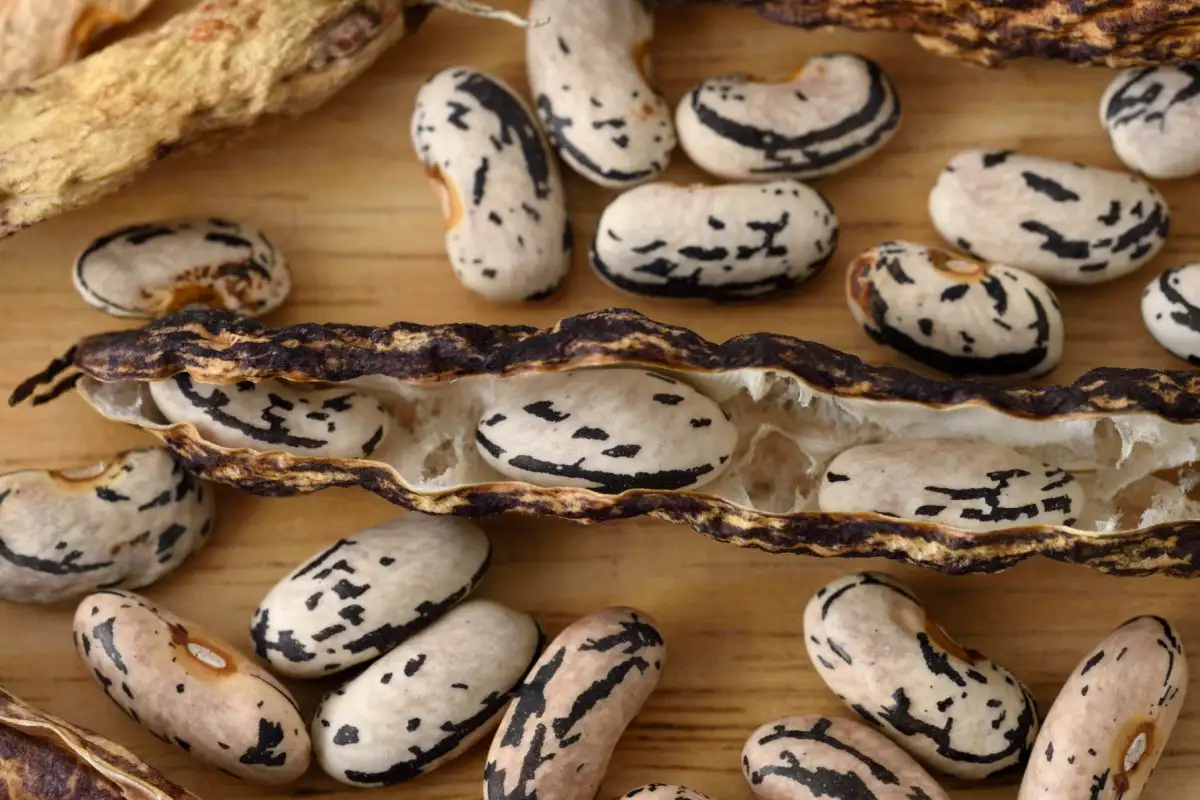
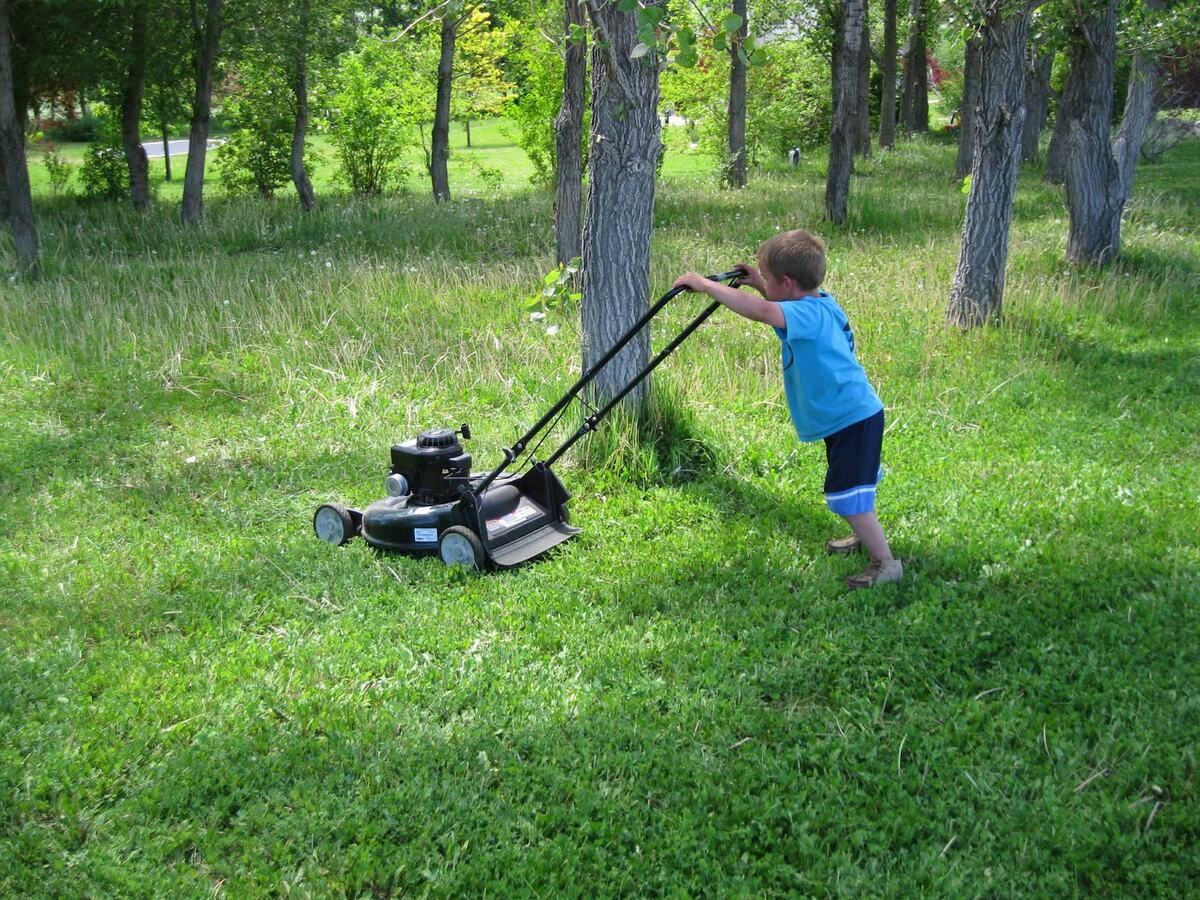

0 thoughts on “How Tall Does Grass Get Before It Seeds”